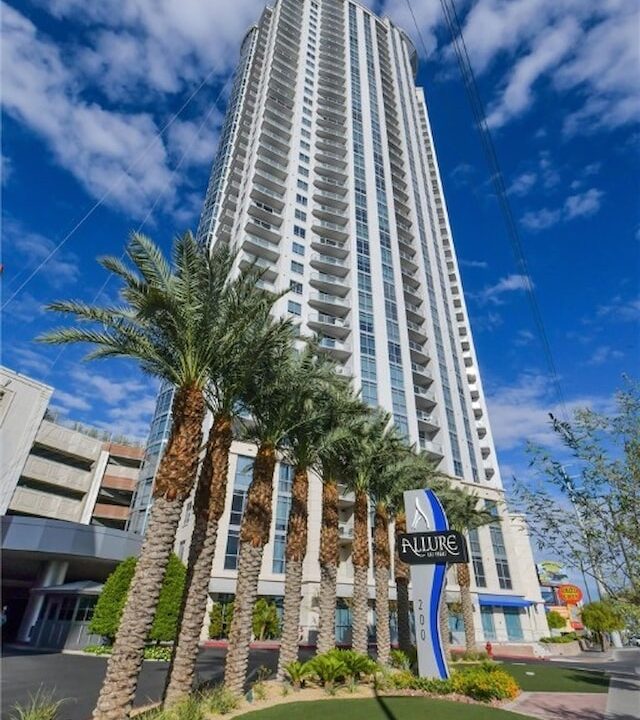- Sales: +1 385 334 4390Support: +1 801 396 2521
Why Do Hospitals Charge Patients for TV?
27 January 20226 Reasons Why Campground WiFi Is So Slow
3 February 2022Hotel owners want to monitor their business premises and keep tabs on their staff, guests, and activities. Surveillance cameras set up across their premises are the owners’ eyes on the ground. However, these smart tools hog storage space, and business owners wonder how long they should store CCTV footage.
CCTV footage for hotels should be kept for 30-90 days. However, owners can store footage captured after an incident for longer to aid an investigation or as evidence. Some jurisdictions require that CCTV footage from the casino in a hotel be stored for six months or a year.
As a business owner, you should also know how your CCTV system stores footage. How long you can store CCTV footage depends on the surveillance technology in place. In this article, I’ll explain how the kind of footage being captured determines the amount of storage it requires, how you can store footage for months, and whether you need to delete old security footage.
How Much Storage Do You Need for Video Surveillance?
According to Seagate, you need more than 10TB storage for video surveillance systems that capture footage 24×7. You need 8TB space to store footage only for archival purposes and don’t require high-resolution, full-motion videos. For high-quality, 24×7 video streams, you need 16TB storage.
How much storage you need for your CCTV system depends on how you have configured the settings for recording video, the cameras you have in place, and the compression technology being used. You need more storage space if your camera records high-quality images 24×7 or you have multiple cameras.
Security cameras have the following three recording options that determine the amount of storage you need for the footage:
- 24×7 Recording: More storage space is needed if the continuous recording option is enabled.
- Scheduled Recording: Recording is scheduled to start and end at specific times during the day. The longer the camera runs, the more storage you need.
- Recording Triggered by Alerts: You can configure your CCTV camera to capture footage only if there’s movement in specified areas within your premises, such as when you need to monitor sites that can be accessed only by authorized personnel. You need less storage if you’ve enabled this recording option.
The number of hours the surveillance camera runs is just one consideration in determining the amount of storage you need. The following technical factors also determine the amount of storage you need:
- Camera Resolution: Higher-quality images require more storage space. If your camera captures 4K images, you need more storage space than what’s required to store low-resolution images.
- Compression Technology: Compressing reduces the size of the video. So, you require less storage on your system. Different compression technologies minimize video size by different amounts. The technology you choose depends on the quality of images you want.
- Number of Cameras: The more cameras that capture images, the more storage you’ll need in your system.
- Built-in Storage Capacity: Your CCTV system may have a built-in hard disk drive. Depending on the amount and quality of the video the system produces, you may have to add storage.
Seagate gives you an idea of how much storage you need for video surveillance.
A 6TB storage drive can accommodate 1,596 days of continuous video signal at 352×240 image resolution and MPEG-4 compression. Video signals with 704×480 image resolution and MPEG-4 compression will fill a 1TB drive in 42 days.
The recording option you have chosen and the technological setup you have together determine the storage you need for your surveillance system. Arriving at this number involves some complex number crunching. Your security vendor is the best person to decide how much storage you need for your surveillance system.
Where Does CCTV Footage Get Stored?
CCTV footage can be stored in built-in hard drives, SD cards, or on-premise servers. SD cards have less storage space than servers and are used when you don’t generate 24×7 footage. To store 24×7 footage, you can link multiple security cameras to a DVR with a built-in hard drive.
Thankfully, SD cards and DVRs with varied storage capacities are readily available. Here are some that I recommend that are available on Amazon.com:
Seagate SkyHawk 1TB Surveillance Hard Drive
This product from Seagate comes with ImagePerfect firmware that ensures crystal clear HD videos with zero dropped frames. Powerful and high-speed real-time error correction and data recovery algorithms prevent frames from freezing during live playback. There’s a bigger cache memory to buffer video.
Seagate SkyHawk 8TB Surveillance Internal Hard Drive
This Seagate product can store up to 10,000 hours of HD video. It’s custom built for surveillance purposes. It comes bundled with ImagePerfect firmware that ensures crisp and clear HD videos with no dropped frames during live playback.
TIGERSECU 1TB 4-in-1 DVR Security Recorder
This product from TIGERSECU is compatible with 2MP (1080P) and 5MP (1920P) HD-TVI, AHD, CVI, and analog security cameras. It comes with a 1TB surveillance hard drive that can be expanded to 16TB. It supports four audio recording channels, eight video recording channels, and three monitor connections.
Where you store your CCTV footage depends on how much footage your security cameras generate every day and for how long you want to keep the footage. However, whether you store surveillance videos in SD cards or DVRs, ensure that you back these units up regularly.
Does CCTV Footage Get Deleted Automatically?
CCTV footage gets automatically deleted when the hard disk drive is full and new data has to be recorded. When there’s no space to store new video, the HDD overwrites the oldest recorded data. Overwriting is enabled when you record 24×7 data, so you don’t have to delete data manually.
How often your CCTV footage gets deleted automatically depends on the storage capacity of your system. If your security cameras feed images onto a server, which has a much larger storage capacity than an SD card, old footage isn’t deleted for months on end.
Conclusion
The presence of security cameras alone is a deterrent to theft and other crimes in your hotel. Security cameras also instill trust in your guests.
You must comply with local rules and regulations that specify how long you should keep your hotel’s CCTV footage. Your security vendor can then advise you on the storage system requirements depending on whether you want to record videos continuously or have motion-sensor cameras.
If you’re looking for a stress-free video surveillance system setup, consider Groove Technology Solutions! We pride ourselves on our effective service and quality of work, and with a suite of services ranging from WiFi set up to energy management, we are happy to help Utah businesses with their technology needs. Contact us today to get more information!
Sources
- Seagate: Video Surveillance Storage: How Much Is Enough?
- Nelly’s Security: How Long Do Security Camera Systems Keep Video Surveillance Footage?
- Pro-Vigil: How Long Do Security Cameras Keep Footage?
Seagate Blog: ImagePerfect: How SkyHawk Handles 64 HD Video Streams in Your Security System



